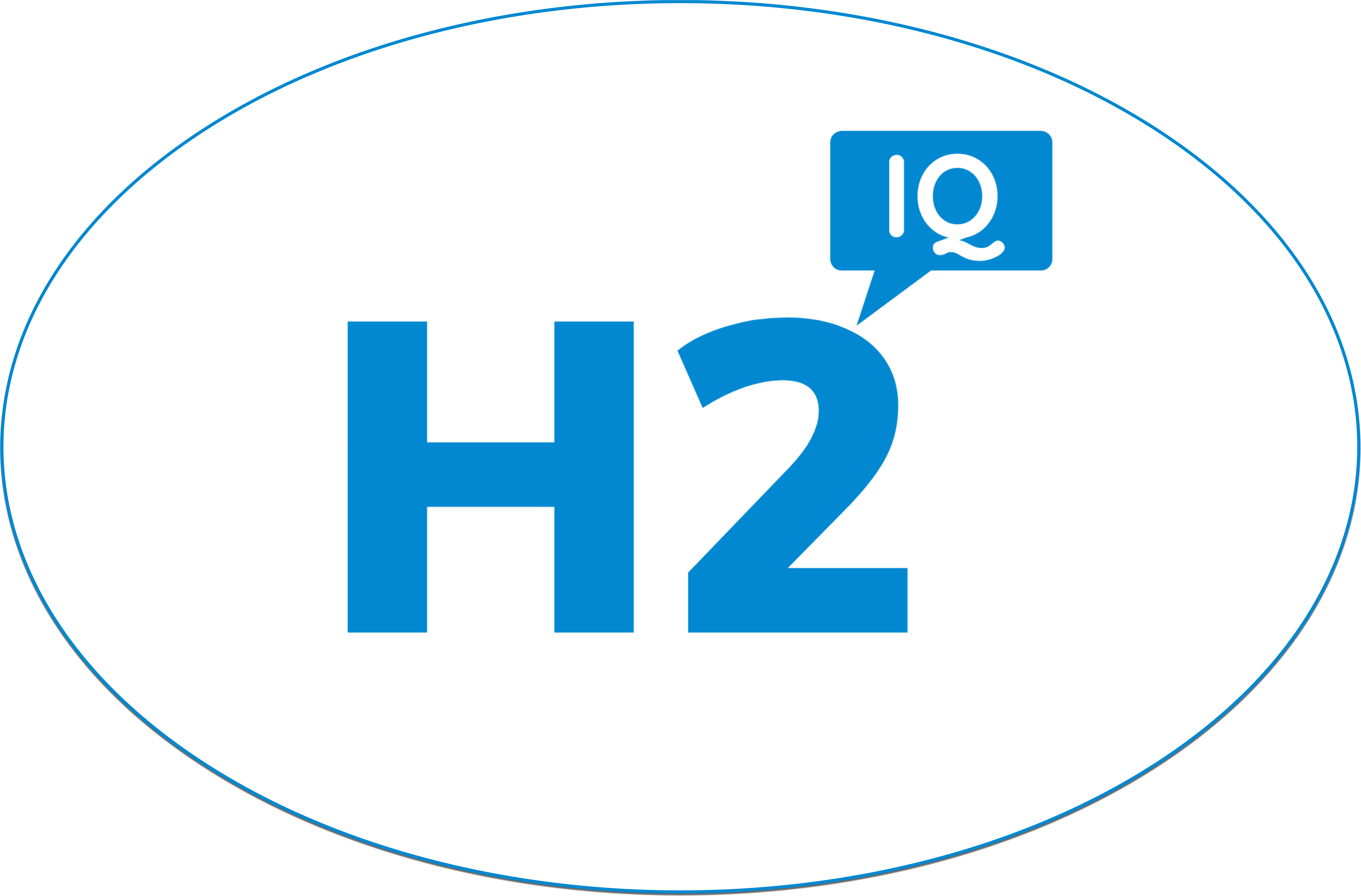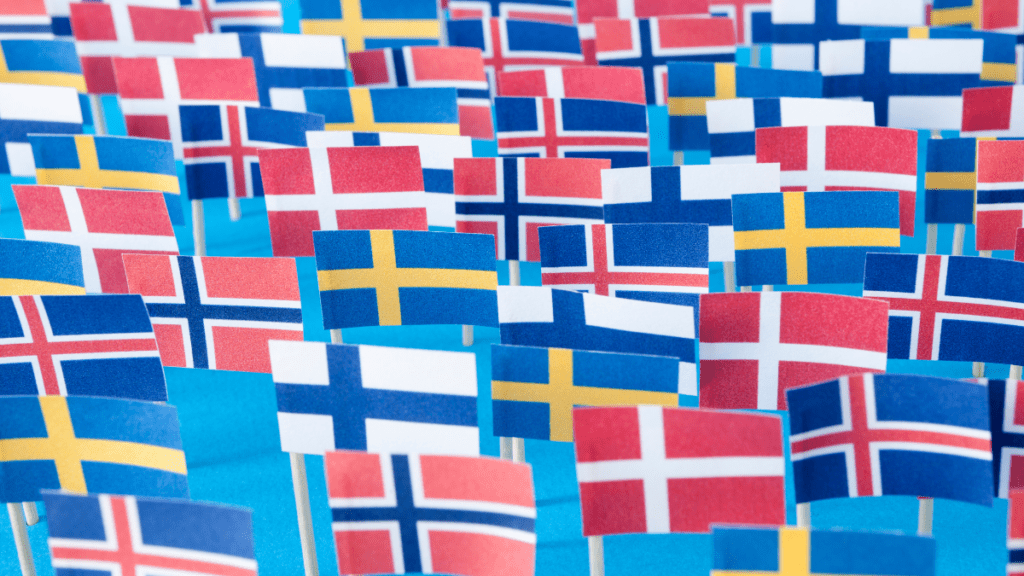
- Green hydrogen supply in Denmark, Finland, Norway, and Sweden is set to surpass demand by 20% by 2035, enabling the Nordics to become an export hub and play a central role in the development of Europe’s green hydrogen economy and the speed of decarbonization, new analysis by Aurora Energy Research finds.
- Increasing renewable power supply is vital to realizing the Nordics’ green hydrogen potential—green hydrogen production will contribute to a 60% rise in electricity consumption across the four markets by 2040, compared to 2020, Aurora’s modeling shows.
- Installing the renewable power needed to fuel the Nordics’ green hydrogen economy will be challenging—despite their downward trajectory, offshore wind costs are not on track to reach parity with onshore wind in the region, Aurora calculates, while onshore wind developers face significant regulatory hurdles.
Europe’s decarbonization ambitions are set to propel a surge in demand for green hydrogen over the next few decades. Supporting the reduction of both fossil fuel imports and greenhouse gas emissions, particularly in the industrial and heavy transport sectors, demand across the continent is on track to double between 2025 and 2035, Aurora Energy Research forecasts. Denmark, Finland, Norway, and Sweden are uniquely positioned to meet this demand—high renewable power generation potential will lead to a green hydrogen surplus in the region by the late 2020s, enabling the Nordics to become a green hydrogen export hub, new analysis by Aurora finds.
Hydrogen demand across the Nordics will rise by 140% between 2025 and 2035 to 67 TWh, Aurora forecasts, as low-carbon hydrogen provides the most feasible route to cutting emissions from many industrial processes and heavy transport. Domestic hydrogen production will rise by 187% over the same period to 81 TWh, with electrolyzers’ share of total supply rising from 6% in 2025, to 65% in 2035. Germany will be the region’s main hydrogen importer in the 2030s, before new routes to Great Britain and Poland open in 2040, Aurora’s modelling shows.
Powering the Nordics’ green hydrogen economy will be challenging. Electricity demand from electrolysis is set to rise by 134% between 2030 and 2040, contributing to a 62% rise in total power demand across the region by 2040, compared to 2020, Aurora forecasts. Other key drivers include direct electrification in industry and passenger transport, as well as new data centres and battery factories. Meeting the increased demand without compromising decarbonization will require extensive buildout of renewable power generation.
Prospective renewables developers in the Nordics face significant obstacles. Offshore wind seemingly provides the most feasible route to meeting higher demand in a decarbonized power system—it can be deployed on a larger scale than other renewable generation technologies and avoids obstacles such as spatial availability, planning restrictions, and popular resistance. But, although costs are on track to fall over the next few decades, offshore wind will retain an unattractive premium to onshore wind beyond 2050. The levelised cost of electricity generated by a merchant—or unsubsidized—offshore wind farm in Norway1
in 2030 is 34% higher than the levelised cost of electricity generated by an onshore wind farm in Norway in 2030, Aurora calculates. The premium falls to 27% in 2050. Subsidy schemes for offshore wind—currently planned by the Danish and Norwegian governments—could alter the trend by reducing developers’ costs of capital.
Despite the cost advantages, onshore wind cannot power the Nordics’ green hydrogen economy alone. Installations in Denmark and Norway have ground to a halt, totaling just 0.1 GW and 0.7 GW, respectively, between 2020 and 2022. It is unlikely that this trend will reverse given unfavorable government policies, such as Norway’s 40% income tax on onshore wind generators, and Denmark’s restrictive permitting regulations. Permitting also presents a challenging hurdle for developers in Sweden—securing all of the permits needed to install an onshore wind farm in Sweden can take up to 10 years, with permit approvals falling to just 21% of all applications in 2021, a record low.
Alexander Esser, Head of Nordics & Baltics, Aurora Energy Research, commented:
“The Nordics have great potential to become a hydrogen export hub given their abundance of cheap, green electricity. Realising this potential will depend on the speed of renewables deployment and the buildout of hydrogen pipeline infrastructure. Without pipelines, green hydrogen producers would have to rely on shipping—the more expensive transport option—to deliver their exports to European demand centres, which could reduce the attractiveness of imports.”
Viktor Granberg, Senior Research Associate, Aurora Energy Research, commented:
“Offshore wind and green hydrogen deployment in the Nordics go hand in hand. Offshore wind generation will need to rise in order to meet increased power demand from electrolysers, while electrolysers represent a valuable revenue stream for offshore wind developers that could be pivotal to securing investment and getting projects over the line.”
1 Cost over full lifetime of an offshore wind farm located in the Norwegian NO2 electricity price area
– ENDS –
MEDIA CONTACT
Megan Tracey, European Press Officer
megan.tracey@auroraER.com | +44 (0)7810 817354
ABOUT AURORA
From its Oxford academic roots, Aurora Energy Research has grown to become the largest dedicated power market analytics company in Europe, providing data-driven intelligence for strategic decisions in the global energy transformation. We are a diverse team of more than 400 experts with vast energy, financial and consulting backgrounds, covering power, hydrogen, carbon, and fossil commodities. We
are active in Europe, Australia, and the US, working with world-leading organisations to provide comprehensive market intelligence, bespoke analytic and advisory services, and cutting-edge software.





